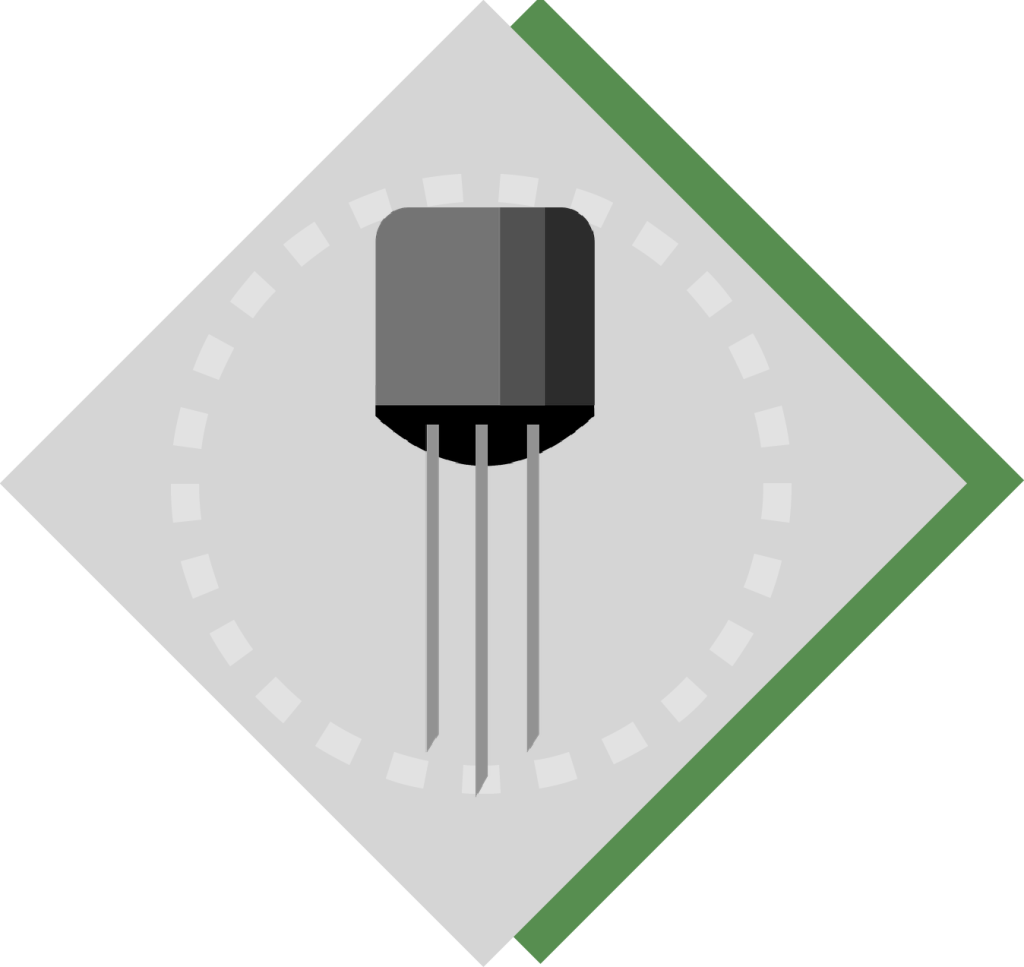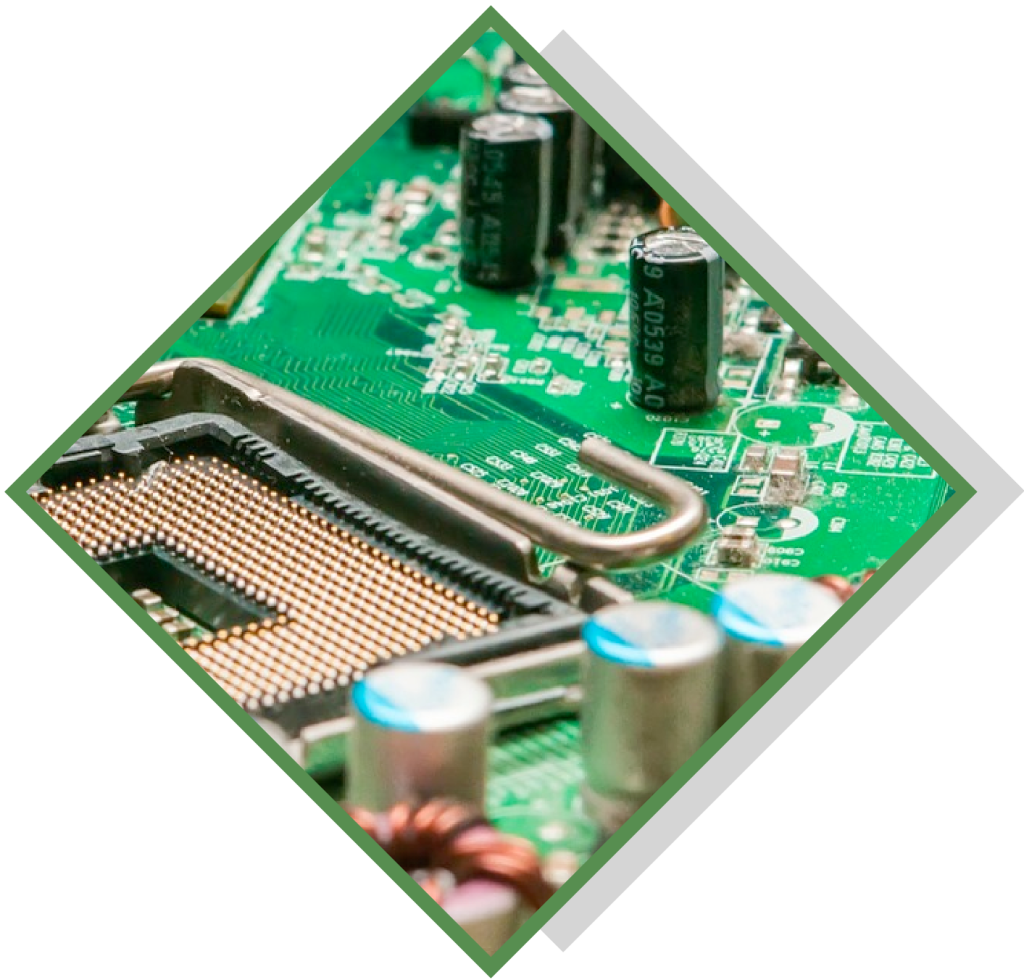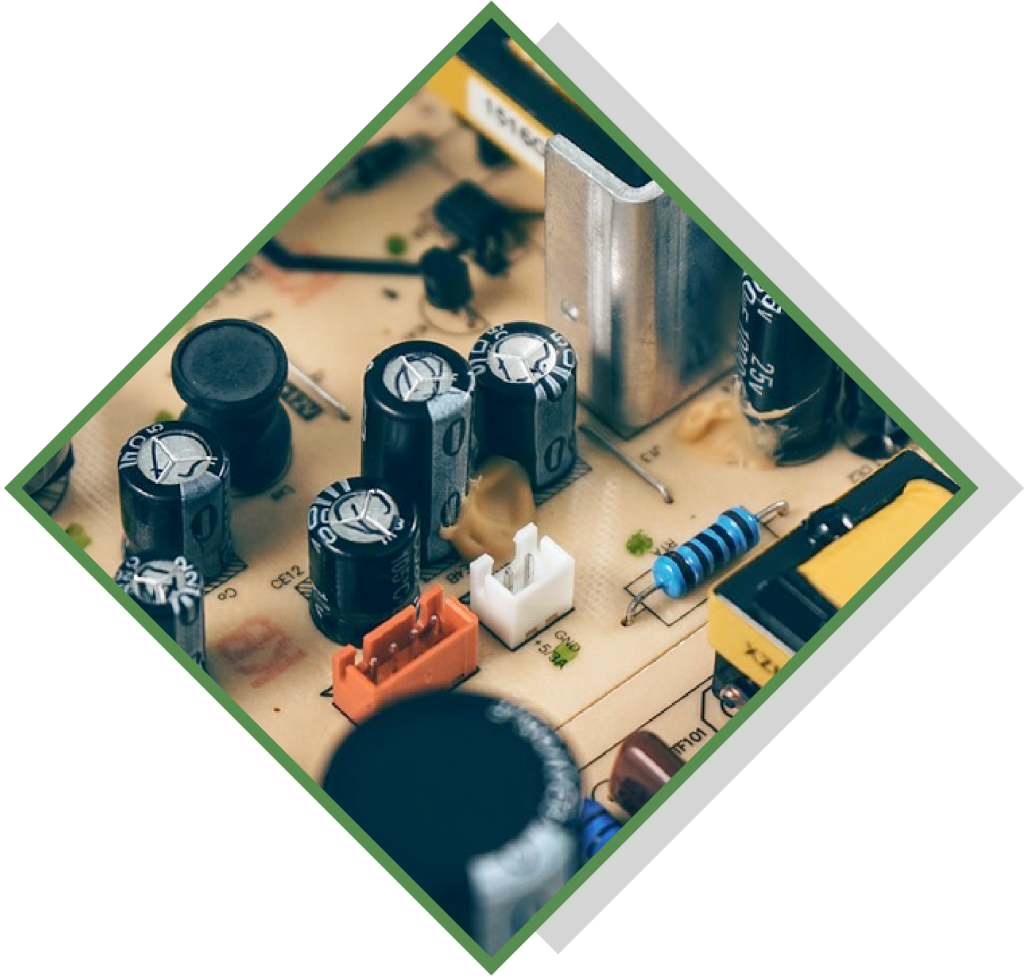
It goes without saying that one of the major catalysts of the recent technological boom is electricity. After all, when the lightbulb was invented, no longer was work time restricted by the sun’s natural cycle. Productivity and development increased significantly, as people now had the ability to work around the clock, overnight, or whenever they needed to.

This type of workplace environment was especially thrusted forward into the future, thanks to the invention of the transistor, which enabled the creation of complex electrical circuits that could essentially control the inner workings of any commercial or industrial building. Now, with complex circuits, you can have control of nearly every aspect and part of a building, from the lights to the tools within it, as almost everything is powered by electricity. The only limits to electricity in these settings is how many appliances you have and how much room you’ve got.

However, with this complexity comes its drawbacks, namely in that if something goes wrong in one part of the circuit, it has a good chance of messing up the entire system. This is where circuit breakers come in. As their name implies, these devices work to break or stop a circuit that is in danger. These usually kick in whenever the current in a circuit reaches levels so high that they are unsafe and can potentially lead to a fire.
Basics of Electrical Circuits

Of course, in any conversation about wiring electrical circuits and the components that go into them, it is necessary to grasp the underlying basic concepts that are used to effectively create and maintain them. Without a doubt, the most fundamental law being used in circuit design is Ohm’s Law, which simply states “V=IR,” where V is voltage, I is current, and R is resistance.
I, the current, is a measure of the rate at which charges flow, as electricity is essentially the movement of electrons. Higher current means higher amounts of electrons “flowing.” Voltage is sort of like pressure, pushing the electrons as a sort of underlying force acting on the electrons.
Essentially, electrons are most stable at the lowest electric potential, or voltage, causing them to move in a matter that lets them achieve this stability. Hence, voltage serves as a pump that causes the flow of electrons.
In fact, the simplest analogy that illustrates these concepts concretely is that of a water pump. In this analogy, the flow of water parallels that of the electrons and current. The pump driving the water through the pipe system is like the voltage in a circuit.
Resistance itself is much like the friction water will experience from the piping itself. It essentially acts against the movement of the flow, causing the water to expend energy in order to continue moving. Likewise, electrons have to expend energy in order to overcome natural resistance from wires and appliances.
Going back to Ohm’s Law, since most power distribution remains at a constant 120V or 240V, and since most problems arise because of current, it’s helpful to rewrite “V=IR” as . This allows us to focus primarily on the current and lets us see that the effective resistance of a circuit is the main factor affecting the current of the system.
Greater resistance makes it harder for electrons to flow, resulting in a lower current. Conversely, a circuit with little resistance leads to higher current, as electrons don’t need to expend excessive energy to overcome resistance.
Thus, low-resistance circuits have wires that heat up very quickly, as electrons in large quantities release energy overcoming the little resistance the wire presents. If current increases to dangerously high levels, the wires may catch on fire, which can, of course, lead to even more issues.
So, as the numbers show, things go wrong in a circuit when there isn’t enough resistance provided by the appliances attached to the circuit. As a safety regulation, appliances are made with resistances to keep the current at a low and safe level.
However, over time, these devices may begin to wear, and the wiring may shift in a way that causes the resistance to drop significantly. This drop then leads to a higher current, which may then lead to many electrical hazards and a danger of fire.
How to Combat Wiring Overheating

Thankfully, the best way to avoid problems caused by circuits with dangerously high current is by opening the circuit the moment that the current reaches unsafe levels. Once the circuit opens, the current stops, preventing any more damage from being done. Opening a circuit practically stops the circuit from spiraling out of control, with current and heat increasing as things get worse.
One of the simplest and cost-effective methods of opening the circuit in emergency situations is through the use of fuses. These simple wires, typically encased in a protective container of sorts, are designed to be placed in the circuit, closing it so they undergo the same current that every other point of the circuit maintains. This effectively allows the fuse to “know” what kind of load the entire circuit is experiencing anywhere.
Thus, it serves well to work as soon as a problem occurs at any point in the circuit. Namely, the fuse functions off of the excessive heat and the energy given off by electrons in a high-current circuit.
As soon as the current reaches unsafe levels, the fuse wire evaporates, opening the circuit, stopping the current and preventing further damage. These tools, which are also offered by online companies, are effective in performing their function.
Their only downside is they can only do it once. As soon as the wire inside the fuse disintegrates after its first use, the fuse can no longer work, no longer being able to close a circuit.

How Circuit Breakers Work
Much like a fuse, circuit breakers act as a failsafe which stops current in an unsafe circuit by opening it. However, unlike a fuse, a circuit breaker can be used multiple times. Thus, it serves ultimately as a better solution to electrical wiring than a fuse.
The basic premise of a circuit breaker is a basic switch that allows current to flow in its “on” position and stops current in the “off” position. In the “on” position, the insides of a circuit breaker have metal contacts which connect the electrical source to the circuit. In addition to these metal contacts, there may be an electromagnet.
Because of how electromagnets work, namely in how they produce a stronger magnetic field with increasing current, an unsafe current allows the electromagnet to produce a strong enough magnetic field that can exert a force on a metal lever. This force pulls the lever down to the “off” position, moving the metal contacts away from their connection to the circuit, effectively opening the circuit and stopping the current.
Because of its reliance on the electromagnet, the circuit breaker does not have any missing parts after it stops a haywire circuit. The circuit breaker can thus be prepared for re-use by simply moving the metal lever from the “off” position back into the “on position.”
It goes without saying that you should first resolve the electrical problem that caused the circuit breaker to go off. If you don’t, you risk even more damage to the building’s wiring and appliances in the circuit, and will cause the circuit breaker to repeat its actions.
Another type of circuit breaker uses a material called a bimetallic strip. In situations where the current is slowly increasing, the strip heats up and starts to bend. Eventually, when the heat reaches the right level, the strip bends enough to activate a spring-loaded mechanism, which moves the lever, disconnecting the contacts, opening the circuit.
However, because of the slow nature of this method, circuit breakers using bimetallic strips also implement a mechanism that helps quickly open a circuit in short surges of current. This mechanism also uses an electromagnet. Like in the previous example, the electromagnet emits a strong magnetic field with high currents.
As its name may imply, the bimetallic strip experiences a magnetic force under this magnetic field, being pulled out. This triggers the previously-mentioned spring-loaded mechanism, opening the circuit.
There are other types of circuit breakers that rely on chemical reactions, mainly of the explosive kind, to open circuits. Essentially, these systems take advantage of the increasing heat of a high-current circuit to trigger a chemical reaction which releases an explosion.
This explosion is typically used to push a piston into position to open the circuit, stopping the current. Although the design and function of this type of circuit breaker are typically more interesting from a scientific perspective, they are less common than the two previously described mechanisms due to their somewhat greater complexity.

Modern Circuit Breakers
Much like how building architecture has been evolving recently to incorporate and integrate new technology, circuitry has changed to adopt these technological advancements. In the case of circuit breakers, simple electrical and chemical systems, as previously described, are being abandoned in favor of devices that implement the newest semiconductor technology. Essentially, these systems act like computers dedicated specifically to monitor the current of the circuit, and to shut it down as soon as current levels are detected to be too high. Because of the advanced technology that usually goes into these systems, they are among the quickest in shutting down circuits and detecting dangerous current levels.
As a result, they are expensive, and are rarely found in domestic settings, instead being used in industry and commercial buildings in which switches capable of shutting down circuits as quickly as they can detect problems are a must.
Another offshoot based off of the concepts of the circuit breaker is the ground-fault circuit interrupter, or GFCI, for short. These exist primarily to protect people from being shocked by power outlets. In short and simple words, the GFCI monitors the current against what it expects, cutting off the current within a thirtieth of a second when detecting a current that differs from what is expected by five milliamps.
Thus, if you end up connecting yourself between the ground and the wire supplying the flow of electrons, the GFCI will detect a change in current and quickly act as a local circuit breaker. This essentially protects people from getting accidentally shocked by preventing large amounts of electrons from flowing through their body.

Conclusion
All in all, one of the most important parts of progress in business and industry is the advancement of safety measures. Without having a safe working environment, it is hard, if not impossible, for a company to complete tasks or production to the best of its ability. Investments in safety are investments in better products being made with higher efficacy and efficiency. As electricity has become as ubiquitous as the air we breathe, circuit safety has become an issue which is a priority in any successful business.
Among the most basic and fundamentally important of safety technologies in the electrical circuitry are circuit breakers and, to a lesser extent, their less effective cousins, fuses. These technologies serve to prevent extensive damage to equipment and personnel by stopping high currents as soon as they are detected.
The use of circuit breakers, therefore, prevents dangers caused by excessive current such as fires and damage to electrical equipment. Unlike fuses, circuit breakers have the advantage of being reusable, making them a reliable electrical safety net in large electrical circuit systems.
Additionally, through the use of panelboards, it is easy to organize circuit breakers, with proper labeling and wiring allowing easy control of the circuits of various rooms or sections within workplace facilities. All of these resources can be easily found online.

